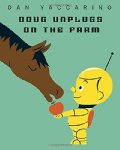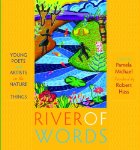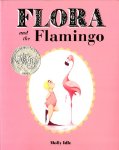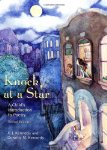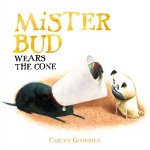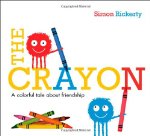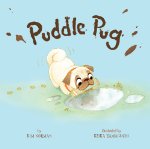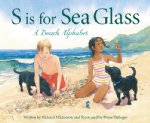When I was young I came across a very old book at a church sale and for a laugh I bought it. The story was about a terrible child who was punished by life because she was such a terrible child. The 'lesson' was very heavy handed and I confess that I laughed my way through the narrative. Soon after, my father told me about Hilaire Belloc's Cautionary Tales and he found me a copy at the library. I really enjoyed the poems, which we read together. Today I have a review of an updated version of these tales that readers of all ages will appreciate.
 Happily Never After: Modern Cautionary Verse
Happily Never After: Modern Cautionary Verse
 Happily Never After: Modern Cautionary Verse
Happily Never After: Modern Cautionary Verse
Mitchell Symons
Poetry
For ages 7 to 10
Random House, 2013, 978-0-857-53270-1
In the 1800’s adults were fond of writing tales for
children that essentially told them that they should always be good and
obedient. The stories would describe how bad children came to sticky ends, and
there was always a moralistic ending. These stories were called cautionary
tales and many children were forced to read the dreadful things.
In 1907 Hilaire
Belloc decided that enough was enough, and he wrote eleven rhyming tales that
made fun of the old cautionary tales. The parodies in Cautionary Tales for Children: Designed for
the Admonition of Children between the ages of eight and fourteen years are
wonderfully funny, but they are, to the modern reader, rather dated.
Mitchel Symons
grew up reading Belloc’s wonderful poems, and when he ran across his old copy
of the book not long ago he wondered if anyone had written modern cautionary
tales. He was shocked to find out that no one had, and in the end he decided to
try his hand at writing one. It turned out that he is rather good at writing
rhyming couplets and telling the stories about children who suffer terrible
fates, and thus this book was written.
The first poem
in the collection is about Tiffany “Who couldn’t put down her mobile phone and
died a horrible death.” Tiffany, like so many girls, spends hours on her phone
surfing the Web, tweeting, texting, updating her Facebook status, and talking.
As far as she is concerned her phone is an extension of herself, and she feels
that she has to keep in touch with others all the time. One day she is texting
one of her friends as she is crossing the road and is hit by a car. “When car
hits girl, the former wins” and Tiffany’s days came to an abrupt end. Which
just goes to show you that you should “listen to parents and not get vexed /
When told not to phone and not to text.”
Another girl who
has a terrible fault is Chelsea who likes to make herself feel big and
important by bullying “by exclusion.” She tells people that she is having a
party and then explains why they are not invited. Chelsea’s reasons are always
cruel and mean, but in the end Chelsea ends up getting a taste of her own
medicine.
Readers are
going to enjoy seeing how Mitchell Symons was able to use an old-fashioned storytelling
device to create tales in verse that modern day readers can enjoy. At the end
of this deliciously funny collection readers will find a few treats that wrap
up the cautionary tale experience perfectly.
